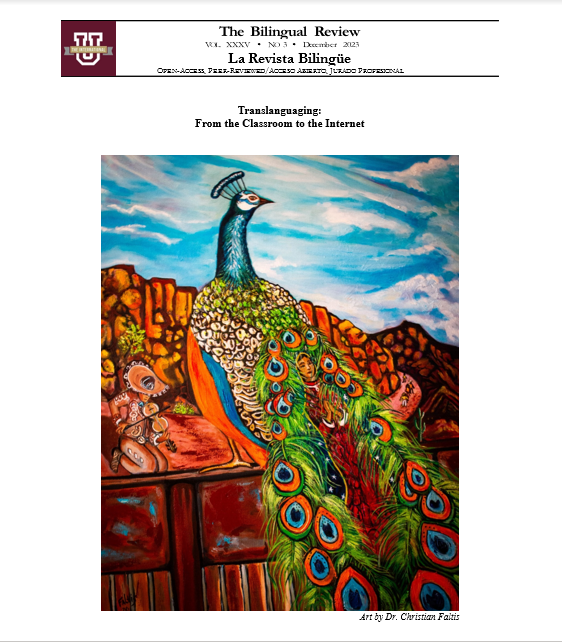Translanguaging Between English and Spanish and Positive Identities in the Spanish as a Second Language Classroom at a Private School in Asunción
Keywords:
Translanguaging, positive identities, bilingual education, Spanish as a second language (SSL), teacher pedagogyAbstract
Even though Paraguay is a bilingual country, most language institutes have a monolingual policy, and they do not allow students to use their first language in the classroom. This can be an obstacle to fostering positive identities, which can negatively affect students' academic success (García-Mateus & Palmer, 2017). This research draws upon Translanguaging theory to explore how this practice influences the development of students’ positive identities when learning a foreign language. The study also aims to explore students’ and teachers’ perceptions of Translanguaging practices. A descriptive case study was conducted in a private school in Asunción where a Translanguaging methodology is implemented in the Spanish as a second language classroom with international students. An online survey, interviews with teachers, a focus group with students, and class observations were conducted. The data revealed that Translanguaging offers various benefits when learning a second language. For instance, Translanguaging helps in understanding new vocabulary, explaining grammar and clarifying concepts. The results showed that this practice also fosters aspects related to identity, such as self-expression. However, students and teachers also acknowledged one of the main drawbacks of Translanguaging: dominant language overuse. The general results showed that teachers and students perceive Translanguaging as a useful pedagogy for learning a new language and for fostering positive identities in the language classroom.






